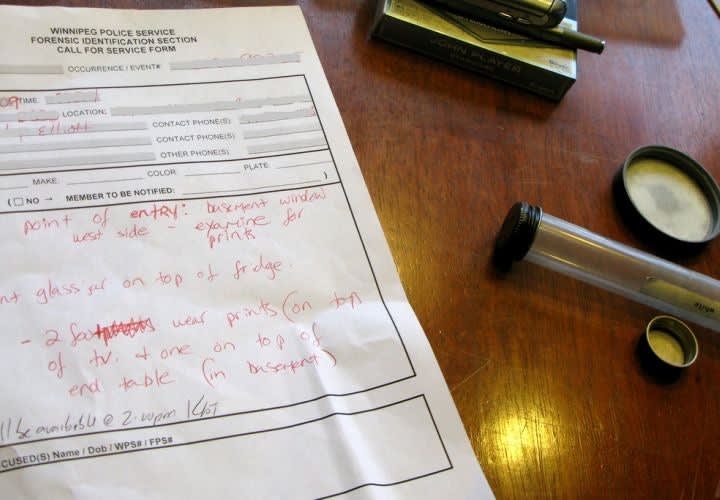"Tainted" Evidence
Occasionally, police may discover before submitting a case to the prosecutor that some evidentiary misstep has occurred, rendering the evidence apparently inadmissible. There may be a tendency to omit mention of this evidence in reports, on the assumption that it has no evidentiary value and can only cloud the case. Again, this tendency should normally be resisted, for several reasons.
First, police may be mistaken in their admissibility analysis. The prosecutor may be aware of case law allowing the introduction of evidence thought by police to be tainted. Since the prosecutor is not limited to theories of justification adopted by the police, if the prosecutor can identify an alternative ground of admissibility that simply didn't occur to police, the evidence can still be admitted. (Devenpeck v. Alford-officers arrested the suspect for the wrong offense, but the arrest was still good because there were other legitimate grounds for arrest besides the one relied on by the officers).
Also, even if, for example, a search-and-seizure error has occurred, the prosecutor may be able to establish admissibility of the evidence based on such doctrines as attenuated taint, inevitable discovery, independent source, and good faith. However, if the prosecutor never learns of the existence of the "tainted" evidence because it is mistakenly omitted from reports, these savings doctrines cannot be brought to bear and the evidence is needlessly lost.
Finally, the evidence may have other uses in the case besides proving guilt. Evidence seized in violation of the Fourth Amendment and custodial statements taken without Miranda waivers, while inadmissible in the prosecution case-in-chief, are generally admissible to impeach the defendant if his trial testimony is inconsistent with the evidence or statements. (Walder v. U.S.; Harris v. New York; Oregon v. Hass) Such evidence may also be useful at sentencing (Gagnon v. Scarpelli) and probation or parole revocation proceedings. (Scott v. Pennsylvania Board of Pardons and Parole) The prosecutor may only take advantage of these options, however, if full disclosure of the existence and circumstances of such evidence is contained in police reports.













